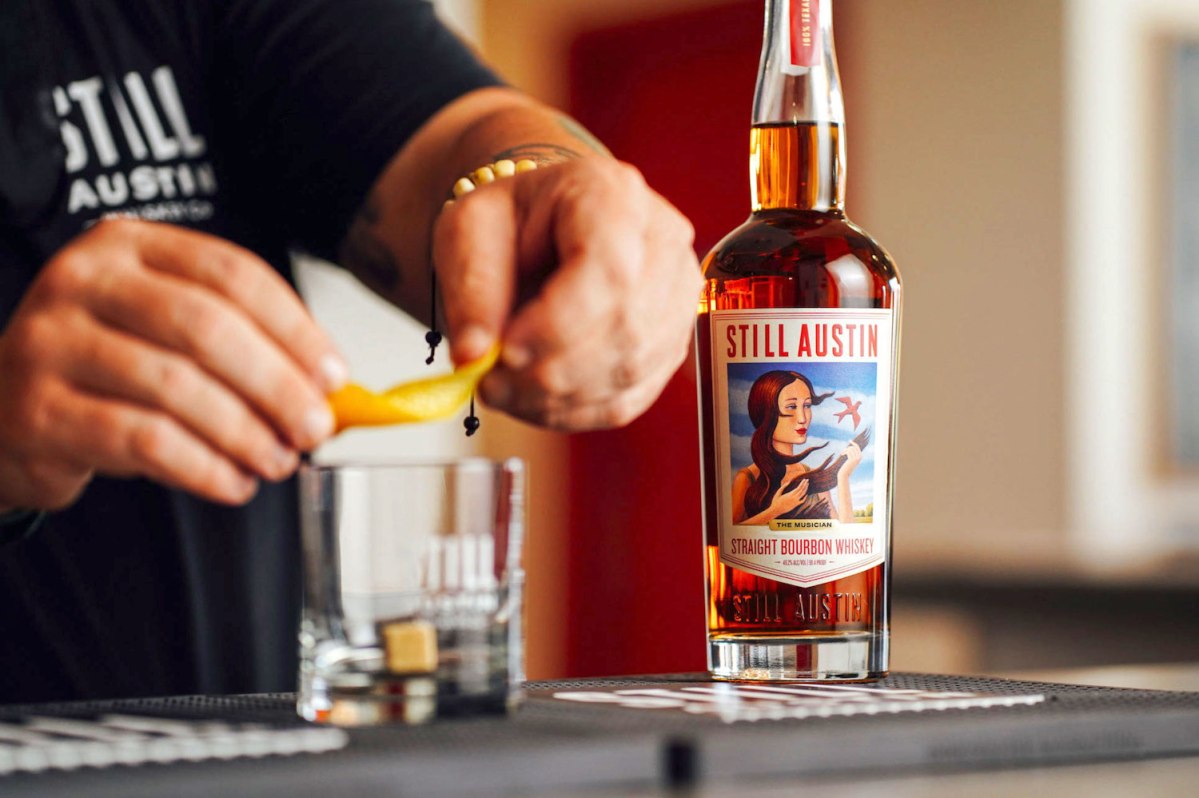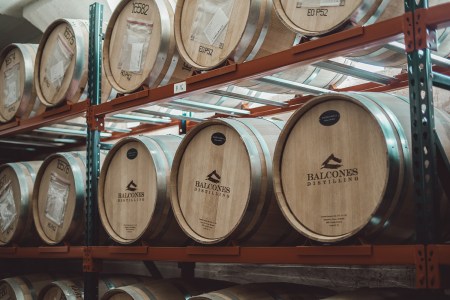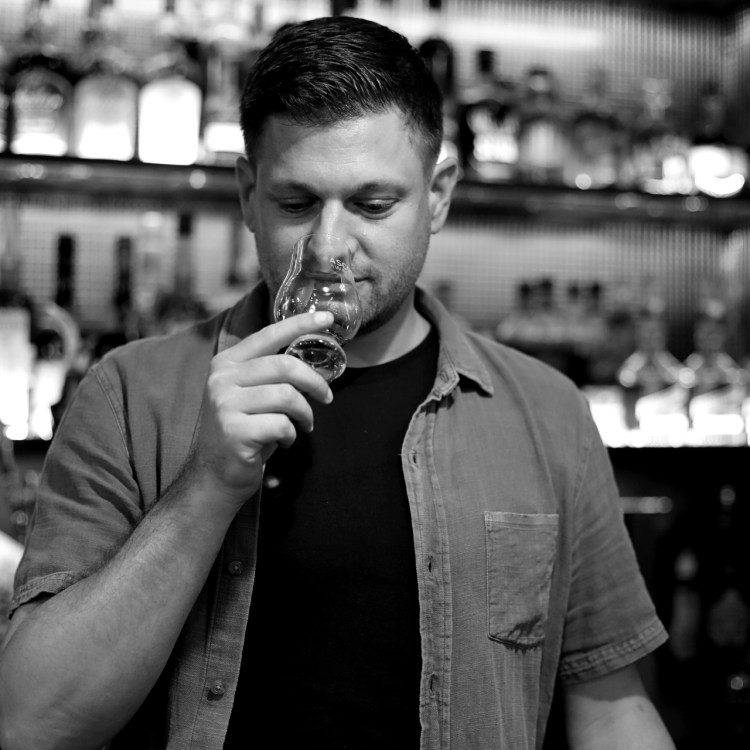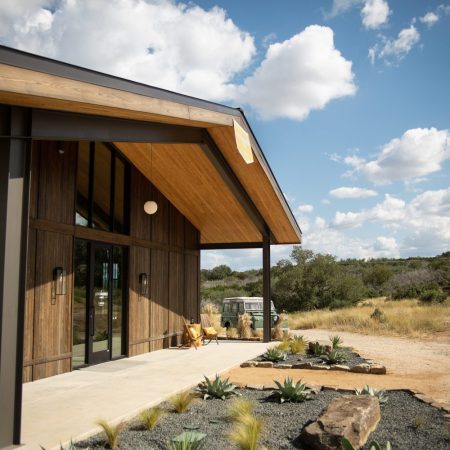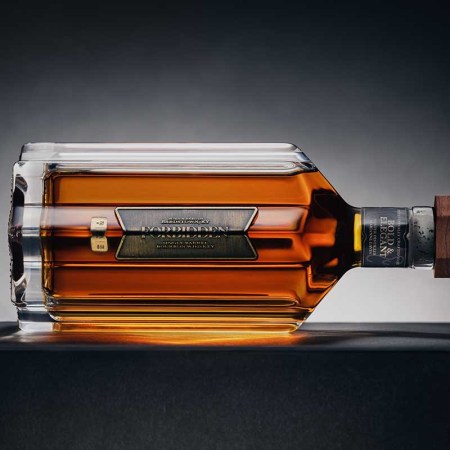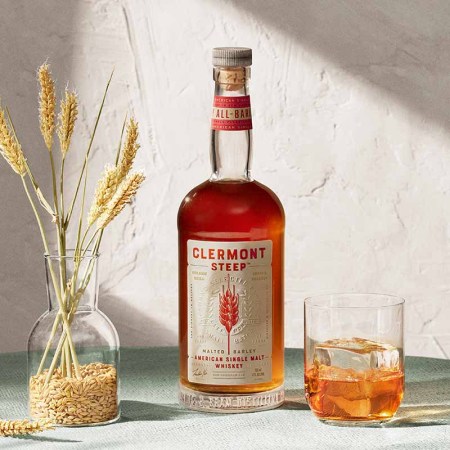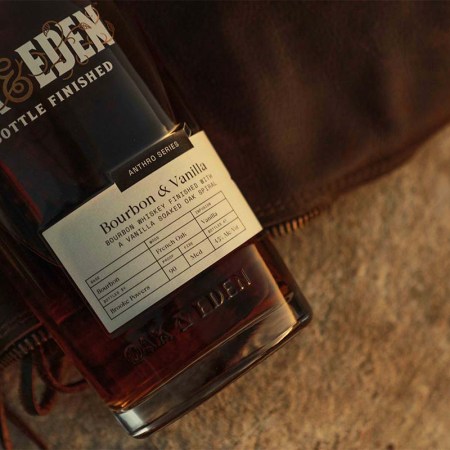It’s tempting to think that Texas whiskey history only dates back to the mid-2000s, when enterprising companies like Garrison Brothers and Balcones began work on their distilleries. Most resources peg this time period as the birth of the category — but it was actually the rebirth of an industry that thrived for decades before some bad luck and Prohibition sealed its fate a century ago.
“So much of that history was lost,” says Andrew Braunberg, the author of the new book Fires, Floods, Explosions and Bloodshed: A History of Texas Whiskey. He tells InsideHook that recent pioneers had almost nothing to go on, given the scarcity of information available about the state’s distillery forebears. “How can you revive a Texas whiskey business when no one knew there was one? The modern guys basically started from scratch.”
Braunberg’s career in tech brought him to Austin in 2012, when he was already passionate about whiskey and was seriously considering opening a distillery. After he fell in with a couple partners, they took a distilling workshop and opened Still Austin Whiskey Co. in 2017. He remains a founder and investor, though is no longer associated with operations. But that experience led to extensive research into the history of Texas distilleries, and he uncovered reports, archives and anecdotes that paint a picture of Texas distilling in the 1800s and early 1900s, up until its Prohibition-era demise.
Everything You Need to Know About Certified Texas Whiskey
Distillers want to promote truly local spirits while weeding out impostersSpirits were already being made in Texas before the Republic was founded in 1836. Settlers coming from Kentucky, Tennessee and elsewhere brought stills and know-how, which they quickly applied to their new home, turning crops like corn, wheat and rye into whiskey.
Few distillers put their liquor inside barrels, so much of what was in circulation in the 1800s was new-make whiskey, aka moonshine. There wasn’t much branding either, as distillers would sell whiskey straight off the stills to consumers, who would bring their own Mason jars or gallon jugs to collect the liquid prize. Larger operations might sell their spirits to rectifiers or wholesalers, who’d bottle it. “They didn’t have the standards of identity like we do now,” explains Braunberg.
Texas whiskey production peaked during the Civil War, when Braunberg estimates there were about 100 distilleries in operation. In the 1870s, there were attempts to bring large-scale productions into the state, but one burned down and another washed away in a flood. Bad luck and the onset of Prohibition meant that counties were drying up year by year, so there weren’t many distilleries left in Texas by the early 1900s.
Braunberg writes: “One thing I’d learned from my own experience: if something can go wrong at a distillery, it will go wrong. Of course, it’s not news when a distillery doesn’t burn down, wash away, or have a boiler explode. But in my research, it became clear that those kinds of mishaps, and others, were relatively common.” Factor in all the regulatory hurdles that distillers faced, and a social climate that was leaning toward teetotalism, and it was an especially tough time to make whiskey. And where there was whiskey, violence often followed, whether in the saloon or occasionally between competing distillers — or directed toward pesky revenue agents. Murder rates on the frontier were exponentially higher than they are today.
The convergence of those factors might explain the nearly 100-year gap between the last old-guard whiskey distillery and a pioneer of the new guard, Garrison Brothers, which opened in 2007.
In an interesting cycle of what’s old is new again, lots of the whiskey made in the 1800s would today be considered “craft” due to their local sourcing and small-scale production. But the spirits made back then were less refined. “Most weren’t going into new American charred oak for four-plus years, but there were certainly guys making stuff that kept the customers coming back,” says Braunberg.
Now you’ll find Texas whiskey makers experimenting with mashbills, barrel finishes and maturation time. They’re using wild yeasts and pushing proofs to new heights. There’s even an industry-led initiative toward certified Texas whiskey, as distilleries want to protect Texas’s unique heritage and cultural cachet. It’s all good news for drinkers, who can today choose from dozens of Texas distilleries accounting for more than 100 different whiskeys.
A few of Braunberg’s favorite whiskey makers include Still Austin (he notes his bias), Lone Elm, Iron Root, Balcones and Fierce Whiskers, but he says there are so many great options to choose from these days, and things are moving so fast that he can’t keep up with all the new players in the market.
“This is the golden age of Texas whiskey,” he says.
Every Thursday, our resident experts see to it that you’re up to date on the latest from the world of drinks. Trend reports, bottle reviews, cocktail recipes and more. Sign up for THE SPILL now.
